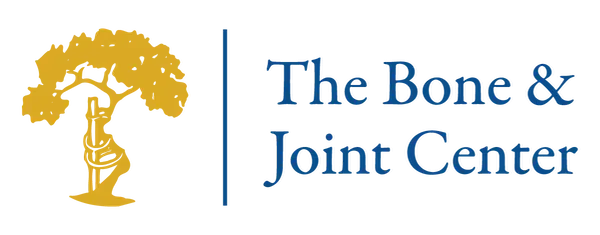
Frozen shoulder, also known as adhesive capsulitis, is a painful shoulder condition that limits the movement of your shoulder joint. It can make daily tasks, like putting on clothes or reaching for items, extremely challenging.
Many patients wonder, “How long does frozen shoulder last?” The answer varies, but with the right information and approach, you can better understand the timeline and steps to recovery.
This blog will provide valuable insights, including recovery tips to help you manage the condition effectively.
What Is Frozen Shoulder
Frozen shoulder is a condition where the shoulder joint becomes stiff and painful due to inflammation and thickening of the surrounding tissue. Over time, this thickened tissue restricts movement, making it difficult or even impossible to move the arm in specific directions.
Common symptoms of frozen shoulder include:
- Shoulder pain that worsens with movement
- Stiffness of the shoulder
- Limited range of motion, such as difficulty lifting your arm
How Long Does Frozen Shoulder Last
Frozen shoulder typically progresses through three stages and the duration of frozen shoulder varies based on factors such as age, lifestyle, and severity of the condition, but it typically lasts between 1 and 3 years.
The condition progresses as follows:
1. Freezing Stage (4 to 9 Months)
During this stage, the shoulder becomes increasingly painful, and its range of motion decreases. Simple movements like combing your hair or reaching above your head might be painful or impossible.
2. Frozen Stage (4 to 12 Months)
Pain may begin to improve during the frozen stage, but stiffness remains. While you might experience less discomfort, the inability to move your shoulder can interfere with daily tasks.
3. Thawing Stage (6 to 12 Months or More)
This is the recovery phase, where shoulder movement gradually improves. With the right care and therapy, you can regain most, if not all, of your shoulder’s original motion.
Keep in mind that the recovery timeline is unique to each individual. Seeking medical advice and following an appropriate treatment plan can significantly impact how quickly you recover.
Recovery Tips for Managing Frozen Shoulder
Here are some essential tips to help you manage frozen shoulder and speed up the recovery.
Consult a Specialist
It is important to work with a qualified healthcare provider, such as an orthopedic specialist. They can diagnose your condition accurately and create a treatment plan tailored to your needs.
Engage in Physical Therapy
Gentle physical therapy exercises can improve motion and reduce stiffness in your shoulder. Examples include stretching activities and controlled rotations. Always follow the instructions of your therapist to avoid further irritation.
Use Heat or Ice Therapy
Applying heat can loosen tight muscles, making movement easier, while ice can reduce swelling and pain. Alternating between the two may offer relief.
Stay Active
While you should not push through intense pain, keep your shoulder as mobile as possible. Avoid complete inactivity, which can worsen stiffness over time.
Consider Steroid Injections
For some patients, corticosteroid injections can help reduce inflammation and alleviate pain, allowing for improved mobility.
Practice Patience
Frozen shoulder recovery takes time. It is important to remain patient, follow medical advice, and focus on gradual progress.
Consider Professional Treatment Options
If your condition does not improve with self-care and physical therapy, your doctor may recommend the following.
Hydrodilatation
This is a non-surgical procedure where a special fluid, often a mix of saline, local anesthetic, and sometimes steroids, is carefully injected into the shoulder joint. The goal is to stretch and expand the joint capsule to reduce stiffness and improve movement.
It is commonly performed under imaging guidance to ensure accuracy.
Minimally Invasive Surgery
In severe cases where other treatments have not worked, a minimally invasive surgical procedure may be performed. Using small tools and a camera inserted through tiny cuts, a surgeon removes scar tissue and adhesions from the shoulder joint.
This helps to restore mobility and reduce pain while limiting recovery time compared to traditional surgery.
Manipulation Under Anesthesia (MUA)
This procedure involves a doctor gently but firmly stretching and moving your shoulder joint while you are under sedation or anesthesia. This is done to break up the scar tissue and improve the range of motion in cases of extreme stiffness, such as frozen shoulder.
When to Seek Help
If you suspect you have a frozen shoulder or your symptoms are not improving, you should contact an orthopedic specialist promptly. Early diagnosis and treatment can prevent further complications and support faster recovery.
Frozen Shoulder Treatment in Bismarck, North Dakota
Recovering from frozen shoulder may feel overwhelming, but you do not have to face it alone. At The Bone & Joint Center, we specialize in diagnosing and treating conditions like frozen shoulder. Our experienced orthopedic specialists provide you with personalized care so you can get back to doing the things you love.
For more information or to schedule a consultation, call us today at (701) 946-7400/(866) 900-8650 or use our appointment request form. We look forward to serving you!

